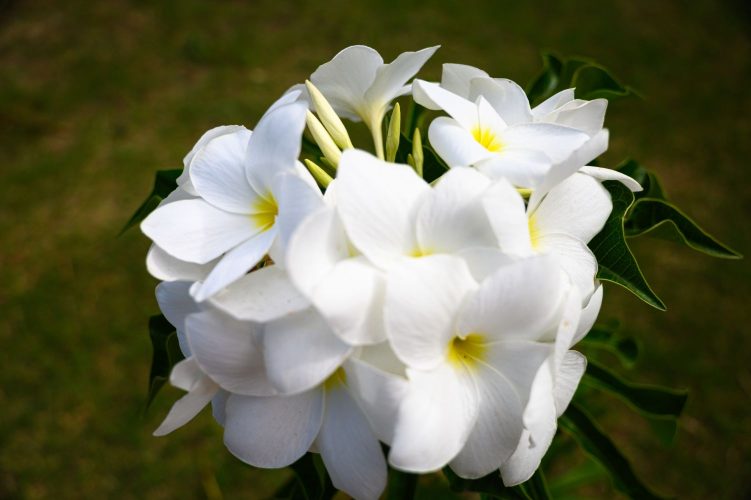Meet Sulabha, the scholarly renunciate. She dared to do the unthinkable. She dared to question the king himself. She dared to enter into a debate with a powerful man and then defeat him. She was a renunciate, an intellectual, learned in the texts; a yogi who is said could transform her physical self and roam the earth with freedom. Her logic was excellent, above par, cutting across complex issues of philosophy, gender and bias, and language and thought.
Sulabha, in sanskrit, means accessible or natural, perhaps alluding to her tenacity to be at ease. She was not a Brahmin (scholar caste) by birth, rather, was born a Kshatriya (warrior caste) who, by choice, renounced the material world and marriage in pursuit of intellectual and spiritual. She is not as well known as a few other women scholars of her time, for instance Gargi, whose debates with the sage Yajnavalka form the bulk of the Brihadaranyaka Upanishad. (Gargi was silenced by Yajnavalka, who threatens that her head will fall off if she continues this back and forth with him.)
Even though Sulabha appears in many Hindu texts, such as the epic Mahabharata (which is disputed to date back between 4 BCE and 4 CE) and the Puranas (part of the Vedas), not much is known of her. According to Kaushitaki Brahmana Upanishad, she is mentioned as a revered teacher to whom salutations must be offered. She is a representation of a female ascetic, or rishika, and is not a principal character in a story.
Why is she not known to us? Was it because most women of her time (and even now) belonged to their fathers, husbands, sons, or brothers, but she, as described in her debate with the king when he asks her “whose” she is, says she belonged to no one? She is unique here, as most of the female ascetics represented during her time become so after their husbands become rishis or sanyasis. Was it because she was single during a time when a woman’s spiritual success was measured by their devotion to men or gods? Was it because she defeated a powerful king, not like a goddess with fierce weapons and physical valor, but by her mental prowess, the realm of men then (and now).
A goddess is easier to worship. She is on a pedestal, untouched, all powerful, not a human, made of flesh and bone, and hence a threat to the patriarchal status quo. Was it because of her controversial and disruptive thoughts expressed in the debate that were uncomfortable and dangerous to repeat and perpetuate? We can only venture to guess.
The debate is long and esoteric. For the purpose of the article, I have chosen a few key concepts found in Ruth Vanita’s research that stood out to highlight her thoughts on what we think as modern issues of equity, equality, and gender fluidity. Here’s what she said in her debate that shook the kingly arrogance of Janaka:
- The Self has no gender. The Self, or atman, is the spirit that infuses all of creation and has no gender. The physical body is gendered. In great detail, she describes the different development phases of a fetus in the womb and that gender is gained in the womb of the mother. Just like everything else, gender is not a constant, but can change and is fluid. Gender fluidity was and still is a very controversial concept for many.
- Men and women are equal and can aspire to and achieve liberation, or moksha. Since all of creation has the same atman, there really is no difference between the capabilities of men and women. Although the debate is around the capability of self-realization, or moksha, her question is pertinent even now. Don’t we, in our modern world, still struggle with this concept of equity and access to resources?
- An enlightened person does not judge. In response to Janaka’s assertion that he is an emancipated, learned king, while she is a beautiful, young woman incapable of being so, she points out that being so doesn’t mean she can be as learned or as wise as he is. She then asserts that a truly “evolved” or self-realized person who recognizes the oneness of all things, doesn’t judge anyone based on the physical body, marital status, or gender.
There is a popular notion that feminism is more of a modern movement, originating in the West. But it is not so. Sulabha is one such woman who dared to question the powerful. If we dig deeper into our ancient texts, we will find these maverick voices, urging us to challenge systems that are not equitable and that have been silenced for various reasons. We find that these issues that dominate the current socio-political environment were prevalent during those times, too. Just as we have thought leaders and disruptors now, there were also questioners then. We can all benefit from taking time to learn from the wisdom of our ancestors and listen to their ancient songs. Sulabha, we hear you.
















